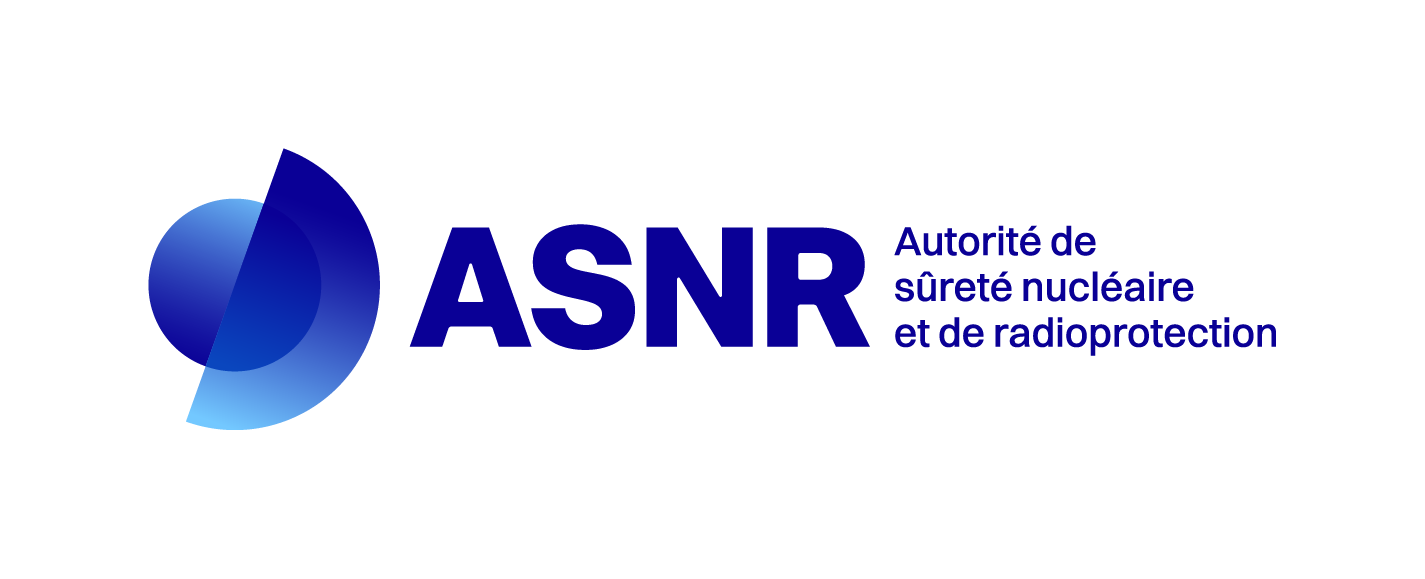Modelling of wave run–up on a macrotidal beach for assessing coastal flooding
Résumé
This work examines the impact of coastal storms on a macrotidal beach at Normandy (France), the beach of Villers-sur-Mer, with the aim of assessing coastal flooding. Extreme wave heights and water levels of four typical storms are simulated using the non-hydrostatic model SWASH to estimate the wave run-up. The numerical simulations have been compared to empirical formulations and validated with processed timestacks generated by video monitoring systems (VMS). The validation shows good agreements between observations and simulations with a mean RMSE of 16 cm, which emphasizes the accuracy of this methodological approach. In the light of the overall results, the water level has a predominant effect on the run-up compared to the wave height. However, the combination of high water levels and waves induces the biggest wave run-up, responsible for the most significant flooding on the coast. Additionally, limited changes in water levels during storm events increase the wave height effect on the run-up, meanwhile small waves with short periods cannot uprush the beach. Furthermore, the transfer of storms, integrating the regional scale of the English Channel and the local scale of the beach, is an important step for assessing coastal flooding in semi-open environments and basins, where the wave direction is the conditioning parameter of storm evolution. Storms from WSW within the English Channel generate the highest wave run-up. This research provides an excellent methodological approach and accurate estimations of coastal flooding in Normandy, which is useful for further works on coastal hazards in response to storms.
| Origine | Fichiers éditeurs autorisés sur une archive ouverte |
|---|---|
| Licence |


